Last week in this column, I discussed the preservation of Donald Judd’s artworks with art conservator Eleonora Nagy. This week, I talk with Jeff Jamieson about his experiences fabricating furniture and working for Judd, among other prominent contemporary artists.
I had the good fortune of meeting and working with Jeff Jamieson when he lead the installation of the white scrim elements of Robert Irwin’s massive installation, Light and Space III, at the Indianapolis Museum of Art (IMA). Over the years, we’ve had conversations about Irwin and Judd. In light of the major touring exhibition of Judd’s furniture, A good chair is a good chair, I invited Jamieson to talk about his work.
Born in Claremont, California, Jeff graduated with his BFA in Ceramics from the San Francisco Art Institute and then moved to New York City in 1989. In addition to working for Donald Judd, he has worked for the Josef & Anni Albers Foundation and the Judd Foundation.
For many years, he has worked closely with the Chinati Foundation, a relationship that recently produced a large scrim-based artwork by Robert Irwin. In 2009, he returned to working for the Judd Foundation to fabricate Judd’s furniture. Today he is based in San Luis Obispo, California, where he owns and operates Compact Gallery and will begin teaching sculpture at Cal Poly, San Luis Obispo this fall.
Richard McCoy: How did you first get involved in making furniture for Donald Judd?
Jeff Jamieson: In 1988, I was renting a studio at 44 Mercer Street in New York City with Richard Schwarzwald, who, at the time, was one of Don’s assistants. Our studio was a block away from 101 Spring Street, Don’s home and studio in New York. This was at the time when his big retrospective was being installed at the Whitney Museum of American Art and one day they were short-handed, so I went up and helped. I painted the Diamond Plate on the sidewalk near the front of the building. So that was my first job with Donald Judd.
My next job for Don was guarding the Carl Andre stacked brick work, Manifest Destiny, at Spring Street, that was permanently installed on the first floor there. It was during a party and my job was to ask people to please watch out for the artwork. These experiences led to my starting to work for him and I did that for 5 years.
Don had a beautiful collection of furniture and I became particularly interested in one of his Alvar Aalto chairs, the sprung one, chair 31. I liked this chair so much that I made a copy of it in my studio down the street. His main assistant then, Ellie Meyer, heard about this around the same time of a big Judd furniture show coming up in Vienna; they were worried about not having enough furniture for the space so they asked me to make some pieces for the show.
I said, sure, and went down and made a test chair and brought it up a day later—I made it really fast—and showed Don and he liked it. That was the start, right there.
RM: From all accounts, it seems Judd was as demanding of precision in fabricators of his furniture as of his artworks. Would you agree?
JJ: The guys that really got the furniture going were Jim Cooper, Ichiro Kato, and Peter Ballentine (who made the plywood pieces). They really set the bar very high for fabrication; they made perfect things. Ballentine made absolutely perfect boxes out of the marine-grade douglas-fir.
It was very intimidating to start making that furniture. I tried to make everything perfect, and nothing is ever perfect, especially in woodworking. But that was the deal. The bar was high.
Having said that, in 1990, Rupert Deese and I quickly moved into the sub basement at Spring Street and began making the furniture. Together, we started the company Wood & Plywood Furniture.
RM: What gives someone the capacity to approach perfection?
JJ: I think it’s about making lots of different mistakes and knowing when they are going to come and why.
In all of that square, straight furniture, the first choices in board selection—the first decision in a cut—would come cascading down and affect the entire piece. If a board had a twist, cup, or whatever in the beginning, it will come back and mess with the piece later.
It’s been 21 years now since I started making furniture for Judd, and I know so much more now and I’m so much better as a wood worker. I think of some of those early pieces—and they were all good—I could make them with less struggle and headache now.
I worked with a great bunch of people back then and I learned that to get it right, it takes a weird kind of patience and ample time. It was never about the money, that was the other thing; it was a kind of love of seeing if you could do it. So that was always fun.
We had a great lesson one time when the designer and ceramicist Eva Zeisel came into the shop to show us plans for this screen she wanted us to make. We were trying to explain how one of the Judd chairs went together and she said, “it’s not that complicated, just stop. It’s so simple looking, it can’t be that complicated.”
And she was right, you know. We were describing this wood joint and all of this stuff, and it didn’t matter because you couldn’t see any of it. I always loved that about her, that she didn’t care about all of that. She was 90 then!
RM: Did Judd come around and inspect the furniture personally?
JJ: No, he didn’t. If he was in NYC, he would come down and see what we were building. We maybe had 15 conversations with him over the years about furniture.
There were a couple of pieces that he designed that were new and we would have a question about the precise location of a bar or a divider. Some of his drawings were pretty loose, so occasionally it was hard to tell the spacing—to tell if a divider was centered or offset center—because he did that kind of proportion spacing all the time.
But he did tell us when something was wrong. That was the biggest thing. He has somewhat of a reputation for being this hard guy to work for, but nothing could further from the truth. He was so soft-spoken that sometimes you couldn’t hear him. He would tell you what he wanted and how, but it was always pretty quiet.
RM: I think with furniture—things we sit on, things we use—it’s all but impossible for these things not to develop a patina through use. In this way, I think of Charles and Ray Eames’ interest in objects that should function for a long time, and this seems to parallel Judd’s interest in a functional object.
JJ: Especially with the pine or the douglas fir furniture, it starts to look really great when it begins to build up a use patina. They’re soft woods and they get dings and they easily develop a life and skin on them. And they also get a kind of sun coloring as the wood mellows and ages.
But for the recent IKON exhibition, A good chair is a good chair, which was on view in Birmingham, England in 2010 and opens this month at the Pinakothek Der Modern in Munich, Germany, the Judd Foundation commissioned me to make a brand-new set of the Ten Chairs. These are brand spanking new and they are all bright pine.
RM: Did Judd ever weigh in on this notion of patina as it relates to the furniture?
JJ: No, he didn’t talk about the aging or patina of furniture with me.
I got to travel with Judd and install many of his art exhibitions. We would be hanging these incredibly heavy COR-TEN boxes or assembling COR-TEN or aluminum boxes on the floor and the slightest nick or scratch or dust bunny in any of that stuff would defeat it. It would really mar the viewing experience.
I always thought of how soft and sensitive those artworks truly were. They were so fragile. And the same is true for some of the exhibition-quality furniture. If they had big nicks or dings, it was a problem (unless it was a really old piece).
RM: You mentioned that you recently fabricated a new version of Ten Chairs for the IKON exhibition. Was this a kind of standard practice to use new furniture for museum exhibitions?
JJ: Today it would be awfully hard to get all of the Ten Chairs from the early 1990s. I probably only made four or five different sets in which someone bought all ten chairs, so I think it would be difficult to even find a complete set.
If you could pull together the ten old ones, that would be great. But I think seeing the example is fine, if it’s new or old.
I’m not sure really where you’re going with this notion of patina relative to Judd’s thoughts, or something that he wanted. There’s no doubt that the wood looks different and better, to me, after time. It’s like you said, if you find a really old Eames DCW, it would also look really great.
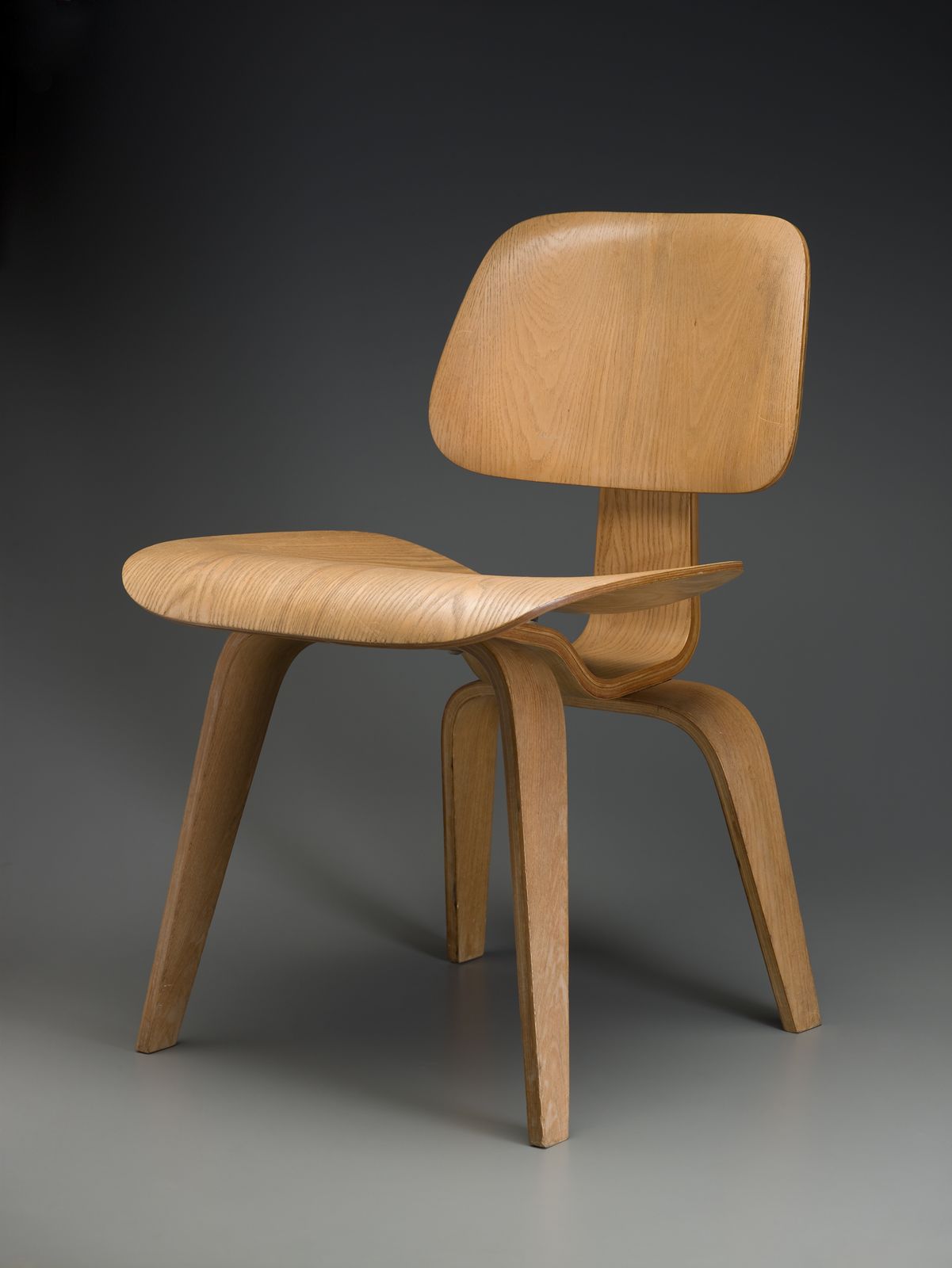
The Eames "DCW" chair, in the collection of the Indianapolis Museum of Art (2009.27). © Charles and Ray Eames.
RM: I was thinking of notions of guidance for art conservators or those that are confronted with decisions around caring for Judd’s furniture: what directions should we take? Should it look brand new if it’s in a museum?
JJ: Oh, no, no. Not at all. But there was one time when a chair came back from an exhibition that had some dings on it, and it was no longer one of Judd’s chairs. He was just pissed that someone had mis-handled his work so badly.
But things get beat up and used all of the time. It’s just a matter of cleaning the furniture. We varnished or applied a water-based finish on all of the furniture, so it will last pretty long if it’s taken care of. You can easily clean it with water and a cloth.
RM: So other than making a new suite of Ten Chairs for the exhibition, are you actively making furniture for the Judd Foundation?
JJ: Yes, I’m fabricating the wood Judd line now. But I was not making Judd furniture around the time I came out to the IMA to work on Bob’s installation , but I started again about a year and a half ago.
RM: Have you worked for other artists?
JJ: I worked for the Josef & Anni Albers Foundation because they have a line of furniture that Joseph designed when he was at the Bauhaus. He’s made some really fantastic designs. I’ve fabricated some of those for them: tables, bookshelves, chairs, lots of great stuff.
Also, I make some things for the London-based architect John Pawson. I usually make a couple tables a year for them.
I’m still doing cool stuff for Bob [Irwin]. I’m getting ready to go down to the San Diego Museum of Contemporary Art and work on one of his scrim installations for the upcoming Getty-sponsored project, Pacific Standard Time.

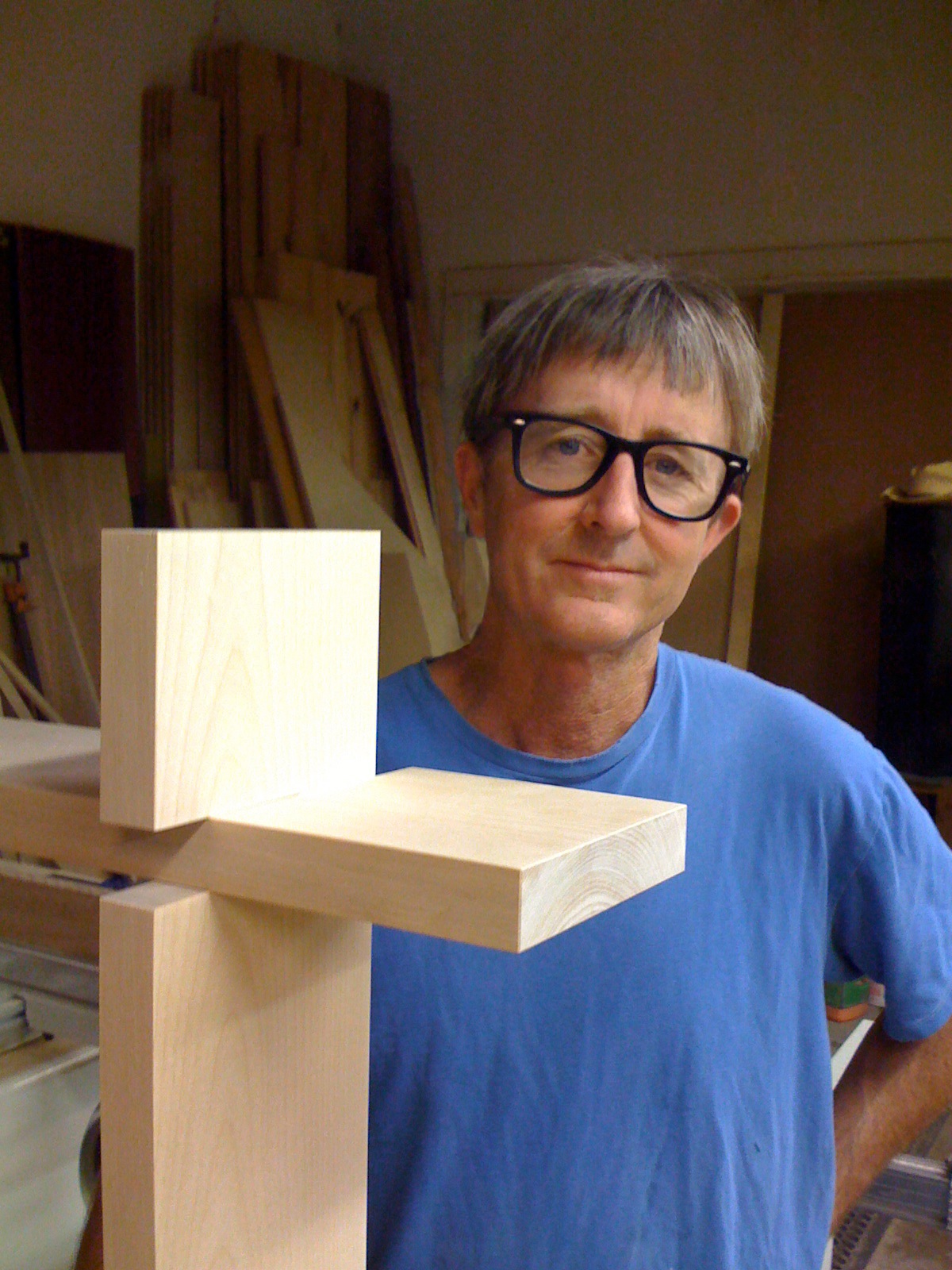

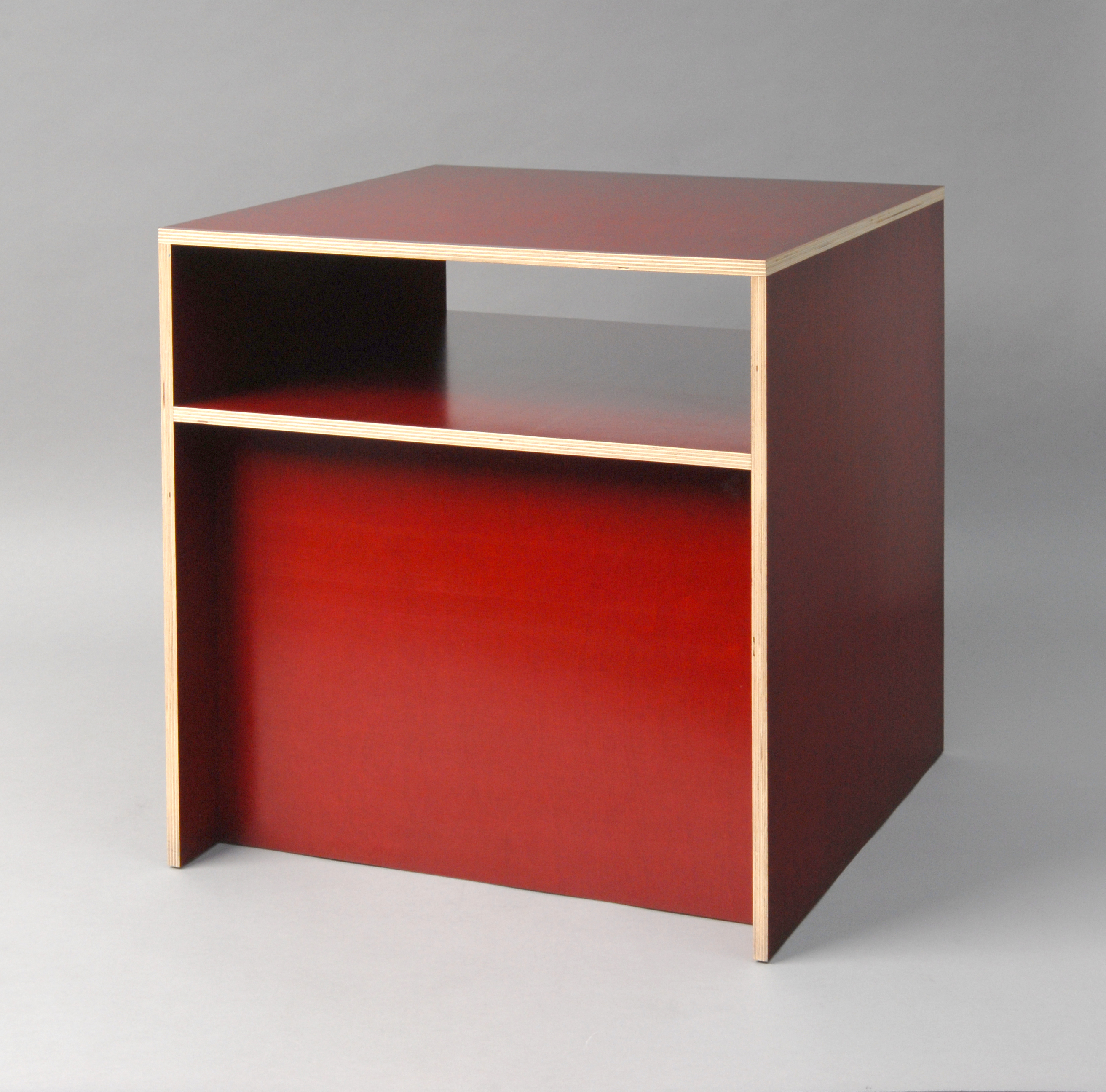

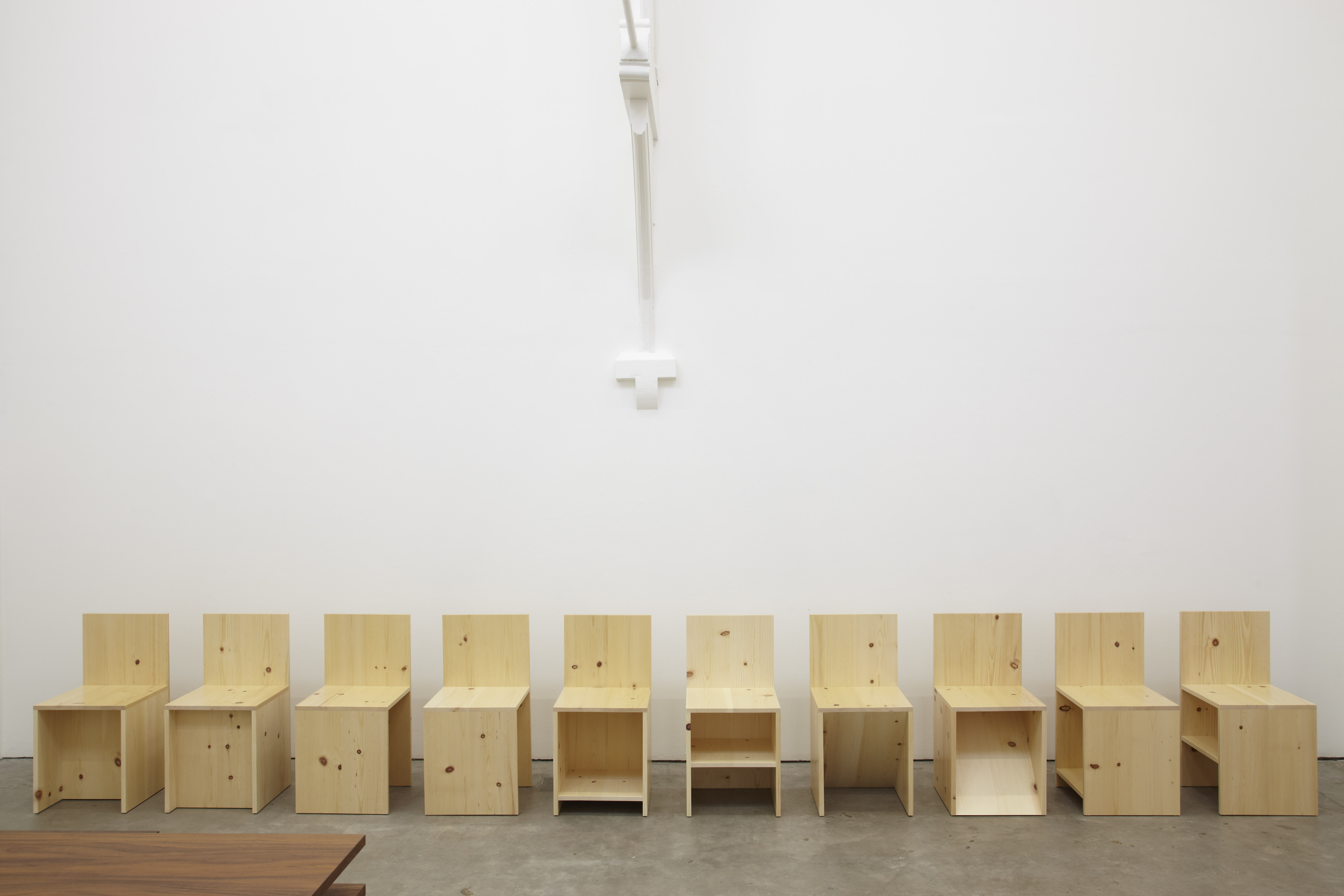
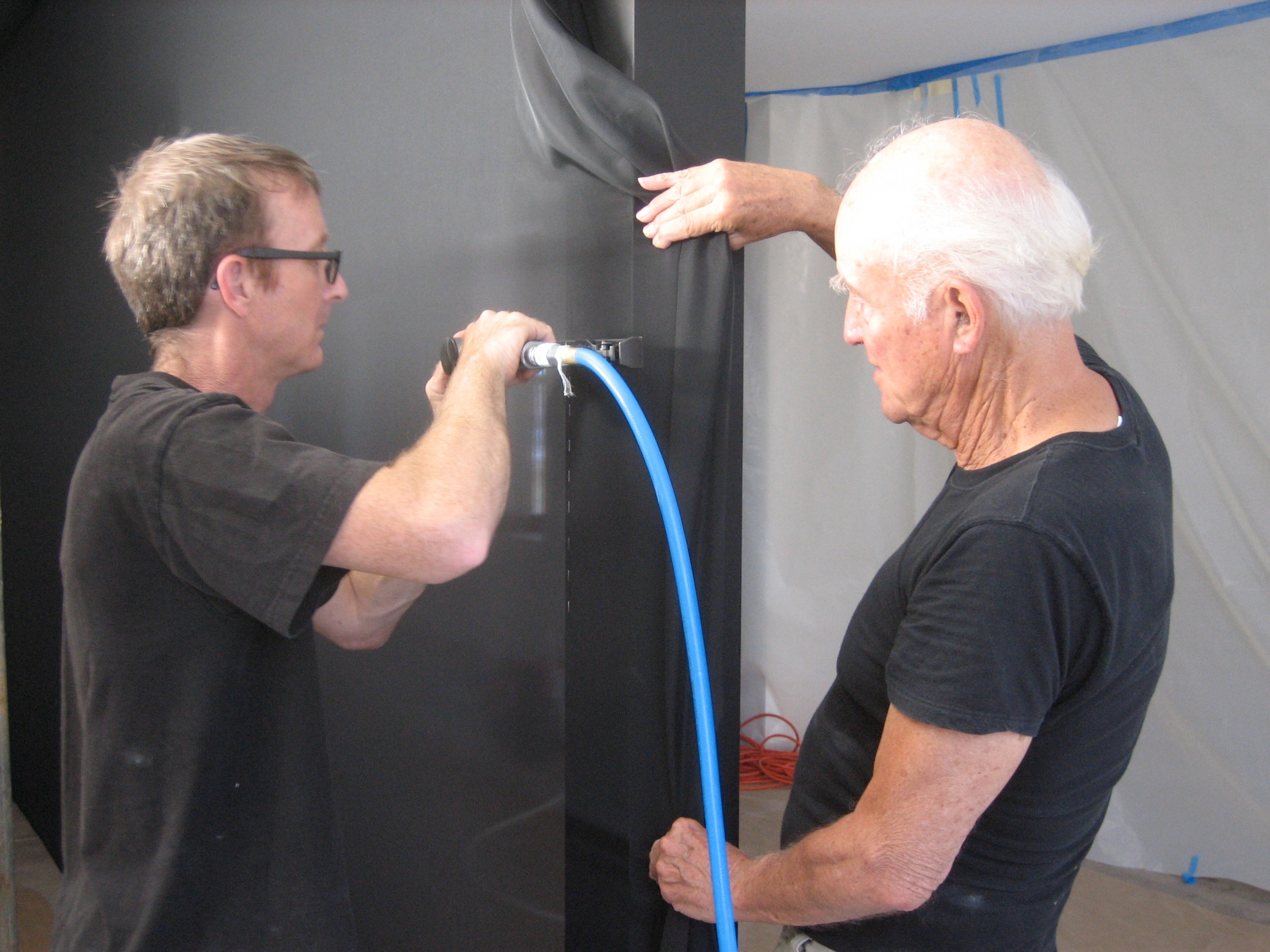



Pingback: No Preservatives | Making Work: A Continued Discussion with Jeff Jamieson | Art21 Blog
Pingback: Is the Idea of a Chair, a Chair? Donald Judd’s Furniture Design – SOCKS